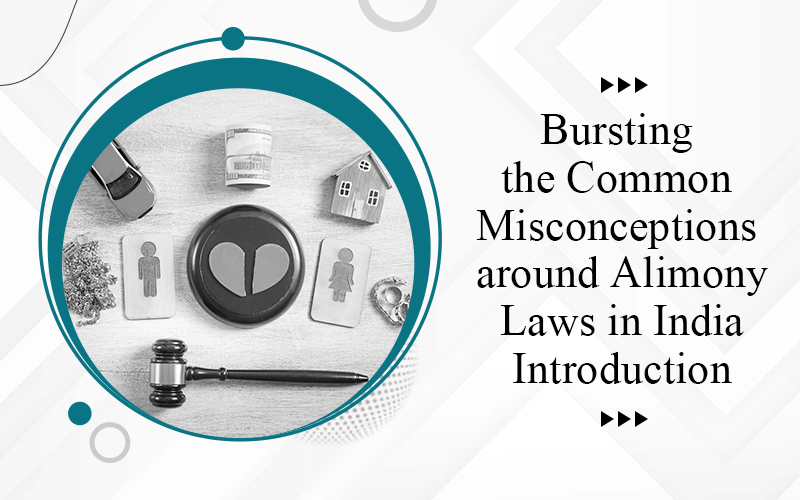In recent years, India has taken significant steps to strengthen its legal framework concerning road safety, particularly addressing the grave issue of hit-and-run incidents. The introduction of stringent provisions under the Bharatiya Nyaya Sanhita (BNS), 2023, marks a pivotal shift in the country’s approach to negligent driving and the responsibilities of drivers involved in accidents.
Understanding Hit-and-Run Offenses
A hit-and-run incident occurs when a driver involved in a vehicular accident flees the scene without providing necessary assistance to the victim or reporting the incident to authorities. Such actions not only exacerbate the consequences for victims but also hinder the course of justice.
Legal Provisions Under Bharatiya Nyaya Sanhita (BNS), 2023
The BNS, 2023, introduces comprehensive measures to deter negligent driving and ensure accountability:
- Section 106(1): Drivers who, by negligent or rash driving, cause serious injury or death and subsequently report the incident to authorities may face imprisonment of up to five years.
- Section 106(2): Drivers who cause serious accidents due to negligent driving and flee the scene without informing the police or administrative officials are subject to imprisonment of up to ten years and a fine of ₹7 lakh.
Rationale Behind the Enhanced Penalties
The escalation of penalties under Section 106(2) aims to:
- Deter Negligence: Impose stringent consequences on those who neglect their duty of care on the roads.
- Promote Accountability: Encourage drivers to take responsibility for their actions by mandating the reporting of accidents.
- Ensure Victim Assistance: Guarantee that victims receive timely medical attention, which can be critical in saving lives.
Public Response and Protests
The introduction of these stringent laws has elicited varied reactions:
- Transport Unions’ Opposition: In January 2024, several transport unions organized nationwide protests against the new hit-and-run provisions. They argued that the severe penalties could disproportionately affect drivers, especially those from economically weaker sections. The protests led to significant disruptions, including traffic congestion and fuel shortages in various states.
- Government’s Stance: Authorities have maintained that the stringent laws are necessary to enhance road safety and reduce fatalities resulting from negligent driving.
Complementary Measures: Good Samaritan Law
Alongside penalizing negligent drivers, India has also implemented protections for bystanders willing to assist accident victims:
- Good Samaritan Law: Enacted in 2016, this law provides legal protection to individuals who aid accident victims, ensuring they are not subjected to unnecessary legal hassles or intimidation. Key provisions include:
- Non-compulsion: Good Samaritans are not obligated to disclose their identity or partake in legal proceedings.
- Protection from Liability: They are safeguarded from civil and criminal liabilities arising from their assistance.
- Hospital Protocols: Medical institutions are mandated to provide immediate aid to accident victims without awaiting legal formalities and cannot refuse treatment citing procedural reasons.
Challenges and the Road Ahead
While the enhanced penalties aim to deter negligent driving, their effective implementation hinges on several factors:
- Awareness Campaigns: Educating drivers about the legal implications of hit-and-run offenses and the importance of responsible driving is crucial.
- Infrastructure Development: Improving road conditions, signage, and emergency response systems can aid in reducing accidents and ensuring timely assistance to victims.
- Judicial Efficiency: Ensuring swift legal proceedings can reinforce the deterrent effect of the laws.
Conclusion
The amendments introduced under the Bharatiya Nyaya Sanhita, 2023, reflect India’s commitment to bolstering road safety and ensuring justice for victims of negligent driving. While the stringent penalties for hit-and-run offenses underscore the seriousness of such crimes, a holistic approach encompassing public awareness, infrastructure enhancement, and efficient legal processes is essential to achieve the desired outcomes in road safety.




